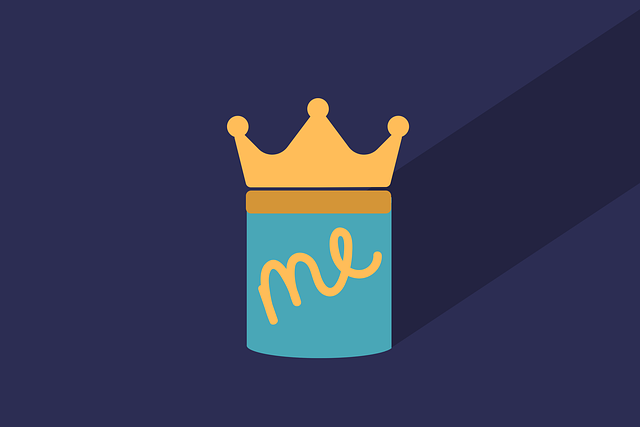Self-Exclusion Tools empower users to disconnect from online platforms and manage screen time, fostering healthier tech habits. By setting boundaries, tracking use, and defining triggers, individuals can achieve a balance between digital engagement and offline passions, improving well-being and self-improvement. Staying committed to these limits is key to successful digital detox.
“Unwinding from the digital realm and prioritizing personal well-being has become a pressing need in today’s hyper-connected world. This is where self-exclusion tools step in as powerful allies, offering individuals the agency to set boundaries and reclaim their time. In this article, we explore the significance of understanding self-exclusion as a form of digital detox. We then unveil the top platforms designed for effective online limitation, providing insights into how these tools can transform your relationship with technology. Additionally, we offer practical strategies to ensure successful adherence to self-set boundaries.”
- Understanding Self-Exclusion: A Personal Digital Detox
- Top Platforms for Effective Online Limitation
- Strategies to Stick to Self-Set Boundaries
Understanding Self-Exclusion: A Personal Digital Detox

Self-exclusion, also known as digital detox, is an intentional practice where individuals temporarily or permanently remove themselves from specific online platforms or activities to gain a clearer perspective on their relationship with technology. In today’s digitally saturated world, it has become increasingly important to have tools that support this process. Self-exclusion tools are designed to help users set boundaries, manage time, and prioritize well-being by limiting access to certain websites or apps. These tools offer a range of features, from simple blocking mechanisms to more sophisticated analytics, allowing individuals to take control of their digital consumption.
By employing self-exclusion tools, folks can foster a healthier balance between online engagement and offline experiences. This practice is especially beneficial for those struggling with excessive screen time, social media addiction, or the negative impacts of constant connectivity. It provides an opportunity for introspection, self-improvement, and a chance to reconnect with personal passions outside the digital realm. In essence, understanding and implementing self-exclusion as a form of digital detox empowers individuals to navigate the online world mindfully and in alignment with their personal goals.
Top Platforms for Effective Online Limitation

In today’s digital age, managing online habits and ensuring healthy boundaries is more essential than ever. Thankfully, several platforms offer powerful Self-Exclusion Tools to help individuals take control of their screen time. These tools are designed to encourage digital well-being by allowing users to set specific limits and restrictions on their online activities.
Some of the top platforms for effective online limitation include applications that enable self-restraint through features like app blocking, time tracking, and personalized reminders. By utilizing these Self-Exclusion Tools, users can navigate their digital lives with purpose, fostering a healthier relationship with technology. This proactive approach is crucial in mitigating potential negative impacts of excessive screen time and promoting a more balanced lifestyle.
Strategies to Stick to Self-Set Boundaries

Staying committed to self-set boundaries is key when utilizing self-exclusion tools. To ensure success, incorporate these strategies into your approach. First, define clear goals and triggers that will prompt you to use the tools. For instance, if social media usage has become detrimental to your productivity, set specific apps or platforms as targets for exclusion during work hours or specific periods of the day.
Secondly, make these boundaries automatic by leveraging the self-exclusion tools’ features. Many apps offer customizable schedules and reminders that reinforce discipline. Regularly review and adjust your settings to adapt to changing needs and preferences. This proactive approach not only helps you stick to your plans but also reinforces a healthier relationship with technology.
Self-exclusion tools are powerful allies in our ongoing battle against digital overload. By utilizing these platforms and implementing effective strategies, we can reclaim our time and focus, fostering a healthier relationship with technology. Incorporating self-set boundaries into our digital lives doesn’t have to be restrictive; instead, it empowers us to make conscious choices and take control of our online habits. Remember that the key to success lies in consistency and understanding your personal needs. With the right tools and mindset, you can achieve a harmonious balance between technology and your daily life.






